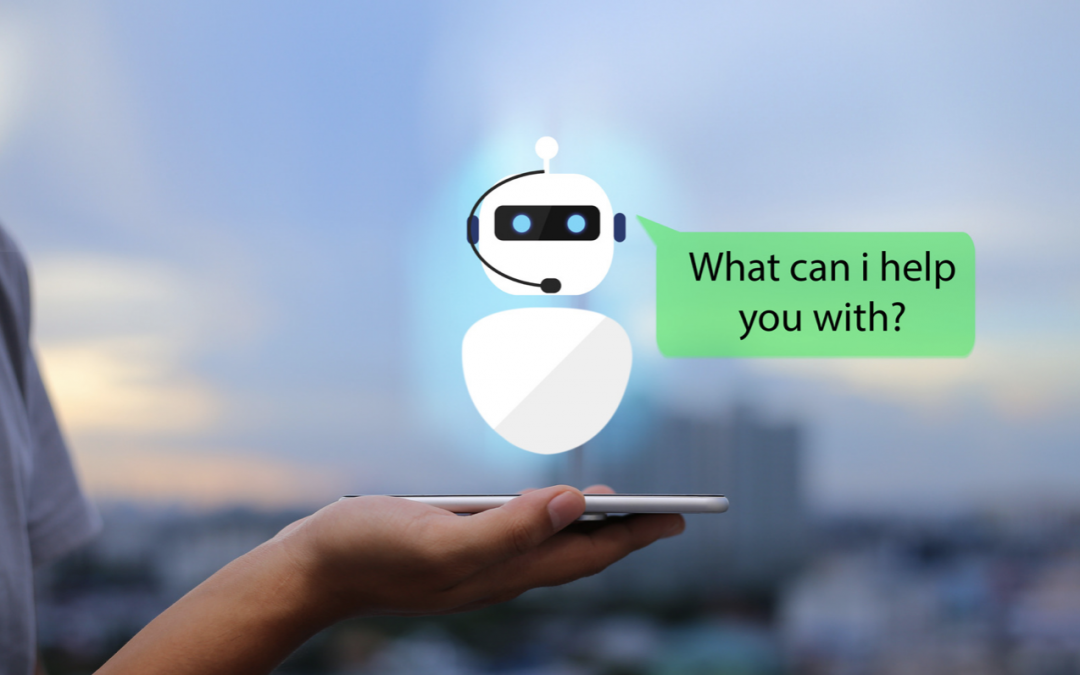This article is part of an ongoing series on the uses for artificial intelligence (AI) in manufacturing, starting with our article introducing machine learning and AI, and their relevance to manufacturing and supply chain operations.
This article will cover how AI can be used by a manufacturer looking to make communication easier across the many “links” across the supply chain, from the warehouse or factory where the items are made, to the team of people responsible for the transportation of goods, to the clients who will ultimately receive those items.
What We Have Here…Is a Failure to Communicate
There are many time-sensitive aspects of the manufacturing process, many of which involve the manufacturing and delivery of the goods.
Knowing when the goods are leaving and when they can be expected to arrive are some of the more basic bits of information that are important for everyone, from drivers to manufacturers to customers, to know about.
However, the chain runs much more smoothly if there is in-between communication and updates, such as when the ordered products have been manufactured, when the driver has left, and points the driver reaches along the way.
When communication is messy, for any number of reasons, such as differing time zones, then things can go wrong.
To prevent this, many manufacturers are turning to an AI solution called “conversational computing,” which can automate many channels of communication across a supply chain and make crucial information quickly accessible and easily accessed.
Conversational Computing Across the Supply Chain
AI-powered conversational computing tech makes it easier allows effectively and quickly create lines of communication across the supply chain, and consistently prevent or quickly manage any possible miscommunications along the way.
One way to accomplish this is through a popular conversational computing platform called chatbots, which can hold automated, information-heavy conversations with human beings, relaying important information to those who need it.
Chatbots are widely used on company websites for customer support purposes, and can easily be fitted into the manufacturing process for a similar, assistive role.
A Variety of Uses for Multi-Purpose Chatbot Assistants
Chatbots can serve a good many purposes for every “link” in the supply chain.
For instance, a client, such as a superstore, could perhaps, in the days leading up to the delivery, want to increase their order by a bit more. This is good in time-crunch scenarios, when an added increase in sales is expected, perhaps because of a newly instituted sale. Or, alternatively, a decrease in the order can be made.
Obviously, this can still be done without chatbots, but what chatbots do is immediately read the information, immediately respond to the customer, and notify the relevant people within the manufacturing process.
Even if the manufacturers themselves do not immediately respond to the notification, the customer can still rest easy knowing that their query has been received and will be answered in a timely manner.
Another use is notifying people when a problem occurs, such as a flat tire for a transporting truck or an unexpected breakdown of machinery in the process, anything that could delay the delivery of the goods.
Chatbots can also deliver simple information that manufacturers do not need to spend their time on, such as the price of an order, or order increase, and things of that nature. That way, manufacturers can focus on more important work.
As mentioned previously, chatbots can also provide real-time updates about the geographical location and activity of transporters, letting manufacturers and their clients whether the truck is idling at a rest stop, driving on a highway, or the like, with consistent ETA times. Think of it like tracking an Amazon package, but instead of a package it is an entire fleet of semi-trucks hauling consumer goods.
Conclusion
Through a low-cost, highly efficient AI system, management can up their communication efforts across the entire supply chain, helping drivers, manufacturers, and customers alike and keeping them better connected.
For other helpful AI-powered manufacturing solutions, reach out to Findability Sciences.
More Articles in Our Machine Learning for Manufacturers Series:
- How AI Can Boost a Manufacturer’s Efficiency
- How Demand Forecasting Keeps You Ahead of the Curve
- Product Price Recommendations
- Commodity Price Prediction with AI Finds the Best Price for Raw Materials
- Transport the Goods Effectively and Safely with AI Solutions
- AI-Powered Predictive Maintenance of Machines Helps You Optimize Manufacturing Costs
- Value Creation with Artificial Intelligence
- Mass Customization Using Artificial Intelligence
- Tracking and Managing Production Floor Operations Using Artificial Intelligence
- Keeping Track of and Assessing Suppliers Using Artificial Intelligence


Recent Comments